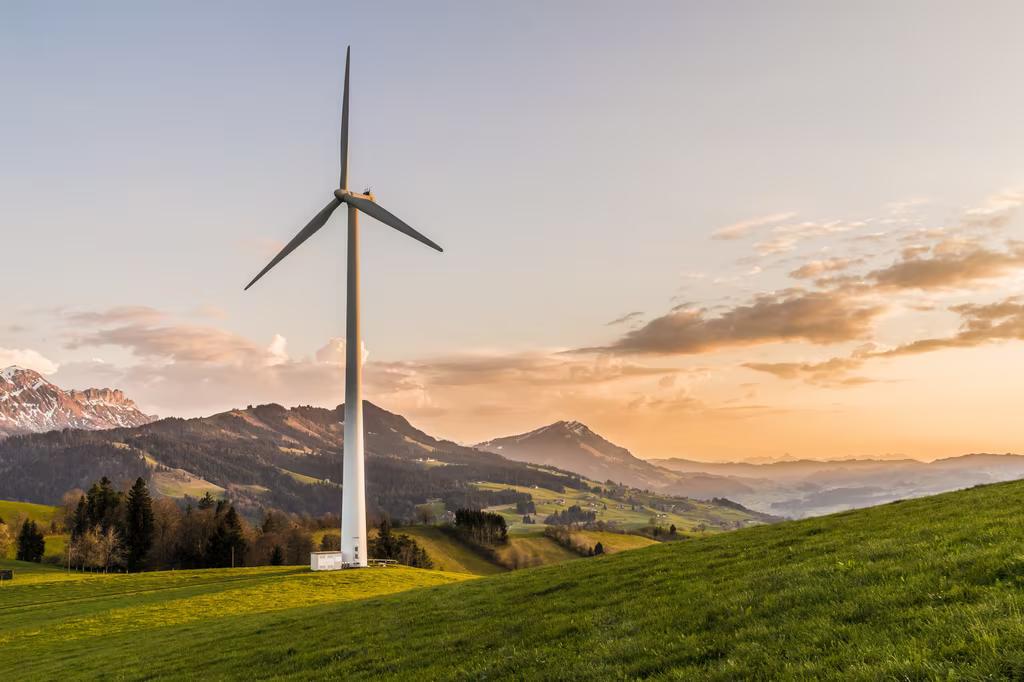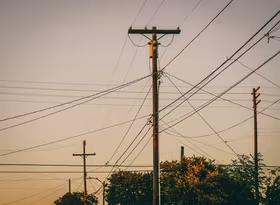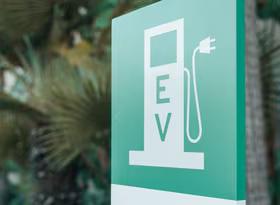
Scale of power generation projects grows
Infometrics has recently conducted further analysis into planned spending on new electricity generation assets as part of our recent update to the Infometrics Infrastructure Pipeline Profile (IPP). Our analysis has identified some trends in the electricity generation sub-sector, including a shift towards fewer, larger projects, and an ongoing increase in renewable energy projects, particularly solar farms.
Cost of Lake Onslow substantially upgraded
The expected cost of the government’s Lake Onslow pumped hydro scheme recently skyrocketed from $4.0b to an estimated $15.7b. Our analysis indicates the pumped hydro scheme at Lake Onslow will – if it goes ahead – comprise nearly 66% of planned spending on new generation assets between now and June 2034. Chart 1 shows the planned spending on new gas, geothermal, hydro, wind, and solar electricity generation assets.
Chart 1 does not include planned spending on possible offshore wind generation. If these projects are included, Lake Onslow would still comprise around 41% of planned spending on new electricity generation over the next 12 years.
The government still seems to favour the Lake Onslow scheme, despite its substantially upgraded cost. Minister Woods said they had considered alternatives, with the next best option being a multi-technology project, which would still cost $13.5b and would have higher maintenance costs than pumped hydro at Lake Onslow. Therefore, we’ve kept the Lake Onslow pumped hydro scheme in the Infometrics IPP in our recent March 2023 update.
The continued inclusion of the Lake Onslow scheme in the IPP may change quickly in the future. For example, the National Party has announced that it would end the project if it wins the next election.
Solar momentum continues in early 2023
New solar generation projects continue to be announced at a rapid pace. The diversity of proposed sites is also growing. Initially, solar projects were generally being suggested for the upper North Island, particularly at locations in Northland and Waikato. Although those two regions still make up 55% of planned spending on new solar farms, the number and scale of projects located in Canterbury, Bay of Plenty, and Wellington are beginning to grow. Chart 2 shows planned spending on new solar generation assets between now and June 2031 by region.
Reports suggest solar panels at Pukenui are yet to be installed, even though the Prime Minister turned the ceremonial first sod around 21 months ago. This lack of progress means the Kapuni farm in South Taranaki is still the largest farm currently grid connected. However, Lodestone Energy have broken ground on two projects so far this year, and both solar farms will likely be grid connected by early 2024. Each Lodestone farm will be ten times larger than the solar farm at Kapuni when construction is complete.
The scale of proposed projects dwarfs New Zealand’s current solar generation assets, but planned spending on solar still comprises less than planned spending on both wind and hydro power (if the Lake Onslow project is included) over the next ten years.
Despite a high number of planned projects, the average cost of planned solar farms is only $87m, which is very small in comparison to the average cost of wind, hydro, geothermal, and gas generation projects in recent history. This lower average cost means that, although solar farms are following the trend towards larger-scale electricity generation projects, the overall size and cost is still small in comparison to other generation technologies.
Offshore wind plans gaining momentum
Firmer plans for offshore wind farms on the North Island’s west coast are beginning to come through, with a few projects anticipating construction will get underway in 2030. The planned spend on these projects is massive, with our analysis indicating that three of the currently announced offshore projects could cost a combined $14.6b – although much of that would be spent after June 2031, which is why these offshore wind projects aren’t currently in the IPP.
The scale of these projects suggests that the construction of new electricity generation assets in New Zealand will continue to trend towards larger mega-projects. New Zealand’s first grid-scale battery energy storage system is under construction in Northland, and as energy storage technology improves, perhaps well-distributed electricity generation will become less necessary, leading to larger and more centralised generation assets in the future.
The trend towards fewer, larger generation projects means that as new projects are announced and cancelled, the planned spending on electricity generation in the IPP could fluctuate more than it has done historically. However, by providing regular updates, we hope to catch these changes in a timely manner, so that the IPP continues to accurately reflect the outlook for a given region or infrastructure sub-sector.
The Infometrics Infrastructure Pipeline Profile (IPP) provides a breakdown of planned infrastructure spending by region and type over the next 1-10 years. The IPP is regularly updated to reflect the changing outlook for infrastructure activity in New Zealand.

















